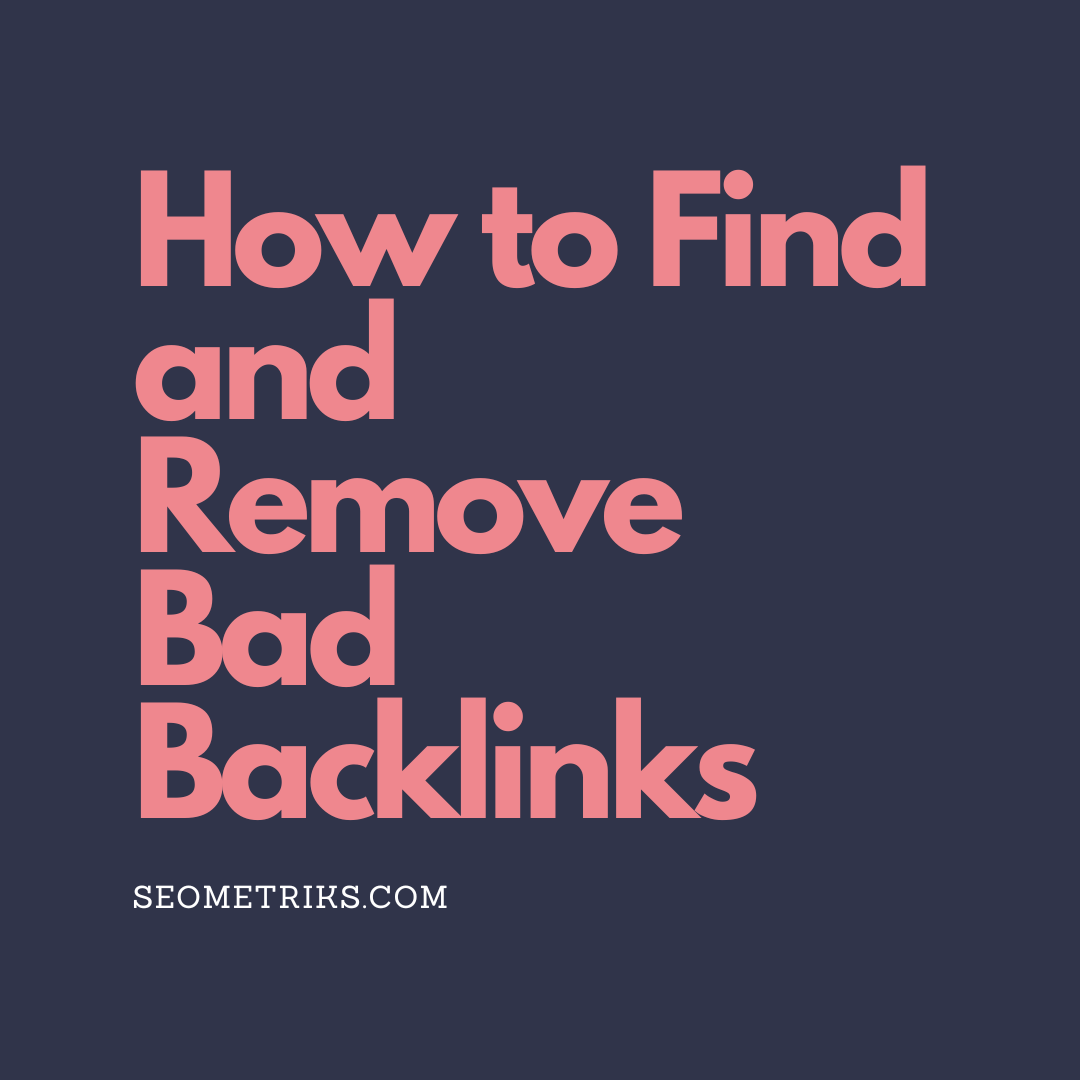
What reigns supreme as the most influential factor in SEO rankings? Undoubtedly, it’s backlinks. The universal truth is clear: achieving a high ranking necessitates the cultivation of links from external sites to your own. However, not all backlinks are created equal in their ability to propel you to the top.
Categorized by quality, backlinks fall into the following groups:
1. Exceptional: Originating from authoritative niche websites with a stellar reputation.
2. Good: Links from sites lacking authority but boasting high-quality content and overall credibility.
3. Potentially Dangerous: Backlinks from sites best avoided, such as low-quality or evidently harmful domains, or those vastly different from your own.
This third category raises questions that demand answers. Let’s not keep you waiting.
Q: What does “dangerous” mean?
A: Google, in the past, penalized sites for amassing too many low-quality backlinks, even removing them from its index. Nowadays, Google Penguin devalues such backlinks, resulting in a less severe consequence: a drop in site rankings.
Q: Why are these backlinks considered dangerous? What’s Google’s stance on them?
A: Backlinks are essentially votes for your site’s authority. Google, favoring quality over quantity, has made these votes unequal. A link from an established site carries more weight than one from an unproven or contradictory source. Collecting “bad” votes reflects poorly on your site.
So, the takeaway is clear: for fruitful link building, amass as many good backlinks as possible while steering clear of bad ones. But what if you’ve already accumulated too many undesirable backlinks?
In that case, it’s time for some cleanup.
How to Identify Bad Backlinks:
Undesirable backlinks often originate from three sources:
1. Dubious, unauthoritative sites.
2. Sites thematically unrelated to yours.
3. Spam.
Unfortunately, you usually aren’t the one creating these backlinks, leaving you little control. Competitors can exploit this vulnerability with shady backlinks to harm your rankings – known as “negative SEO.” To prevent this, utilize SEO tools, specifically a toxic link checker.
How to Remove Bad Backlinks:
1. Remove Them Manually: If you can edit the content of the linking websites, this is the easiest route.
2. Contact the Person Responsible: Though tricky, reaching out to the person who can remove the backlinks is an option.
3. Disavow Them: Request Google to disregard specific undesirable backlinks. This can be done via Google Search Console or through SEO tools like WebCEO.
With the toxic links eliminated, your link profile is cleaner, but the risk of future undesirable backlinks remains. To protect your profile and rankings, make regular scanning for toxic backlinks and subsequent cleanup a routine practice. Automating the scanning process can simplify this task.
Safe link building to you!”




